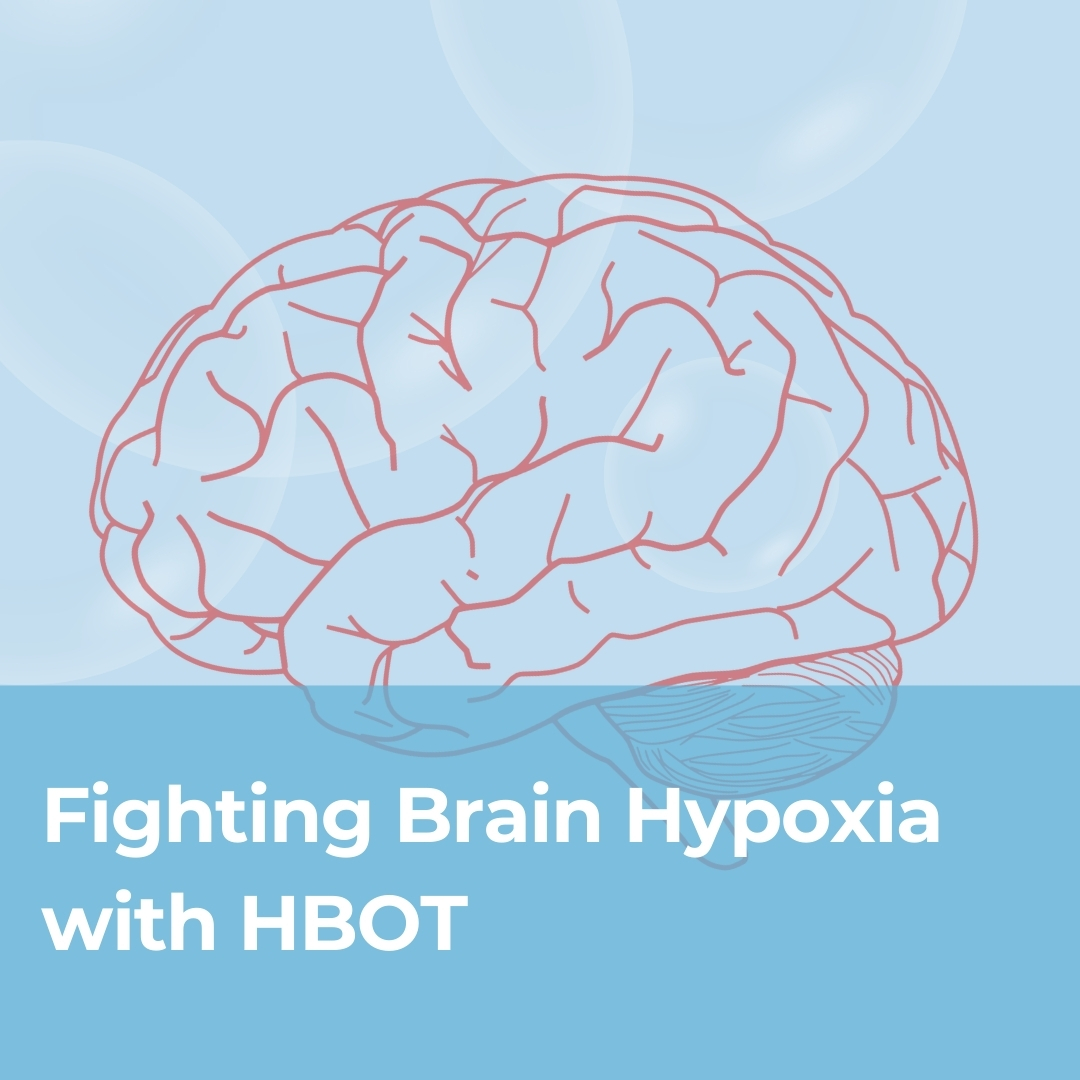
Reviving the Brain: How Hyperbaric Oxygen Therapy Helps Chronic Brain Hypoxia
Oxygen is the fuel our brain depends on to function optimally. When the brain is deprived of sufficient oxygen — a condition known as chronic brain hypoxia — it can lead to a range of debilitating symptoms, from cognitive decline to fatigue, headaches, memory loss, and mood disturbances. One emerging therapy showing promise in restoring oxygen to the brain and improving neurological function is Hyperbaric Oxygen Therapy (HBOT).
In this article, we’ll explore how HBOT works, how it benefits individuals with chronic brain hypoxia, and the growing body of research supporting its use.
What Is Chronic Brain Hypoxia?
Chronic brain hypoxia occurs when the brain receives less oxygen than it needs over an extended period. This can result from various medical conditions, including:
- Stroke
- Traumatic brain injury (TBI)
- Post-concussion syndrome
- Carbon monoxide poisoning
- Chronic obstructive pulmonary disease (COPD)
- Long COVID and other viral syndromes
Without adequate oxygen, brain cells struggle to maintain normal metabolic functions, which can lead to inflammation, cell damage, and impaired cognitive performance.
How Hyperbaric Oxygen Therapy Works
Hyperbaric Oxygen Therapy involves breathing 100% pure oxygen inside a pressurized chamber, typically at 1.5 to 2.5 times the normal atmospheric pressure. This process allows oxygen to dissolve more efficiently into the blood plasma, significantly increasing the amount of oxygen delivered to tissues — including areas of the brain where circulation might be limited or damaged.
Under hyperbaric conditions, oxygen can travel past inflamed, swollen, or partially obstructed blood vessels to reach compromised brain tissue, promoting cellular repair and reducing inflammation.
Benefits of HBOT for Brain Oxygenation
Research and clinical experience have shown that HBOT offers several neurological benefits for those suffering from chronic brain hypoxia:
- Enhanced Oxygen Delivery: Increases oxygen concentration in brain tissues, supporting metabolism and healing.
- Reduced Inflammation: Lowers inflammatory markers that contribute to ongoing brain cell damage.
- Neurogenesis Support: Stimulates the growth of new blood vessels (angiogenesis) and potentially new neurons (neurogenesis) in injured areas.
- Improved Cognitive Function: Many patients report better memory, focus, mood, and sleep following a series of HBOT sessions.
A growing number of studies, particularly those examining patients with traumatic brain injuries and post-stroke cognitive deficits, have documented measurable improvements in brain perfusion and function following HBOT.
Is HBOT Right for You?
While HBOT is an FDA-approved treatment for certain conditions such as carbon monoxide poisoning and decompression sickness, its use for chronic brain hypoxia is considered off-label in the United States. However, many hyperbaric centers now offer specialized programs for individuals with TBI, post-concussion syndrome, and other neurological conditions under physician supervision.
Anyone considering HBOT should consult with a healthcare provider experienced in hyperbaric medicine to determine eligibility and discuss potential benefits and risks.
Final Thoughts
Chronic brain hypoxia can silently erode cognitive function and quality of life. Hyperbaric Oxygen Therapy provides a safe, non-invasive option to help restore oxygen levels in the brain, reduce inflammation, and support the natural healing process. As research continues to validate its benefits, HBOT is emerging as a valuable tool in the management of neurological and cognitive conditions rooted in oxygen deprivation.